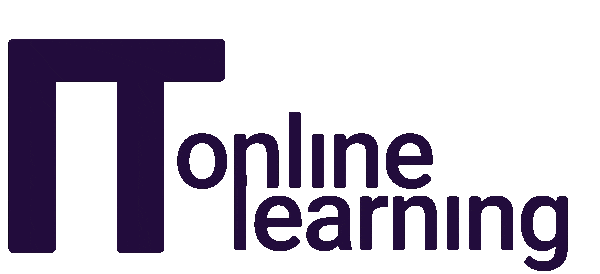In this webinar, ITonlinelearning’s IT Tutor, Jerry discussed storage devices and RAID arrays. We dive into several different topics regarding the storage devices including different devices, how they work, and some of their advantages and disadvantages. Additionally, Jerry unpacks RAID arrays, their implementations, striping with and without parity, mirroring, and stripe of mirrors.
The main storage devices covered in this webinar include hard disk drives (HDDs), solid-state drives (SSDs), non-volatile memory express (NVMe), and flash memory (flash drives and thumb drives). PC systems generally use hard disk drives for long-term storage because they can store large amounts of information and can retain stored data when powered off due to them being a type of non-volatile memory.
Solid-state drives are also long-term storage solutions, but they use flash memory where HDDs use platters. SSDs were designed to replace standard hard disk drives. SSDs are usually found on smaller devices including smart phones, laptops, cameras, watches, and fitness trackers. SSDs usually have a smaller storage capacity as opposed to HDDs. Considering this information, Jerry then reviews the advantages and the disadvantages of both HDDs and SSDs to give us an overview of these storage devices.
Non-volatile memory express or NVMe is made for accessing non-volatile storage media through a PCI express (PCI-E). NVMe is well suited to highly demanding settings. After going through the pros and cons of NVMe, Jerry then explains flash memory or flash/thumb drives. These devices are relatively inexpensive and fast. They provide a large amount of storage space in a small physical device. Memory chips inside of flash drives are programmable and flash memory is used in digital cameras, smart phones, and digital camcorders.
In session 2, Jerry dives into RAID arrays which stands for redundant array of independent risks. This is a way to connect two or more storage drives and one or more controller cards together as a single storage system. This improves system performance and creates data redundancy.
Once the advantages and disadvantages or RAID implementation in hardware and software are discussed, Jerry proceeds to explain disk striping or RAID 0. Hereafter, RAID 1, RAID 5, and RAID 10 are discussed.
If you are interested in pursuing a career in IT and want to know more about the different components of a computer, get in touch with us today for an obligation-free consultation call. We have a plethora of IT certifications to choose from, each of which can bolster your career as an IT & technology enthusiast.




